ASI Conducts Record Long-range ROV Inspections
ASI Marine Sends Full Crews to Chile and Australia for Simultaneous Underwater Tunnel Inspections
ASI Marine recently completed simultaneous tunnel inspections with their modified Falcon and Mohican remotely operated vehicles (ROV). These vehicles are unique to ASI Marine and operate over 5 km and 10 km umbilical lengths respectively. As the longest tethered systems in the world that are powered from the surface, these vehicles are capable of virtually unlimited inspection durations. Full crews accompanied the ROVs to Australia and Chile for the inspections, including engineers working as operators, pilots and technicians, capable of configuring the vehicles on site.
In Australia, ASI Marine’s crew performed a 4.2 km underwater inspection with the Falcon, setting a record for the farthest distance ever inspected by surface powered ROV in Australia. Three 5 km excursions were completed by ASI with this vehicle earlier in 2014, inspecting the deep lake water intakes of the City of Toronto, Canada.
At the same time the Falcon was in Australia, another full ASI Marine crew was in Chile working for Tinguiririca Energía. Within one week, the Mohican ROV conducted three inspections of 9.2 km, 10 km and 7.0 km at the La Higuera and La Confluencia tunnel sites. Using an advanced navigation system and a unique ROV mounted sonar configuration, ASI mapped the tunnel and looked for signs of loose rock on the tunnel invert and distortion of the tunnel lining.
Due to their unmatched tether lengths and power sources, the Falcon and the Mohican were uniquely suited for the underwater inspections in Australia and Chile, which required both long-distance and long-duration inspection capabilities. Where the inspection is more of a reconnaissance mission, battery-operated vehicles with or without a tether are also a useful tool, and ASI continues to support the Woods Hole Oceanographic Institution (WHOI) with inspections conducted using an autonomous vehicle (AUV) over the 45 mile length of the Delaware Aqueduct, another record-setting accomplishment.
According to Carmen Sferrazza, ASI Group President, “Although we found that the Hybrid Vehicle was an excellent option for providing a comprehensive condition assessment for the City of New York Delaware Aqueduct, detailed inspections such as the inspections in Chile and Australia needed the use of ROV’s with unlimited dive time, dynamic control, and real-time data collection for maximum information during each excursion.”
asi-group.com/en/marine









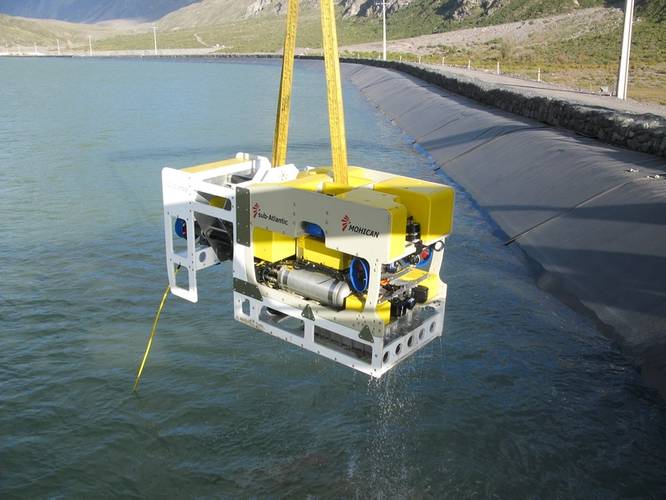
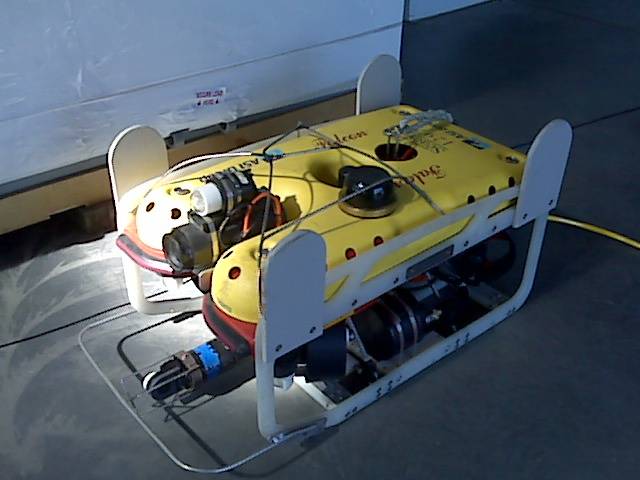

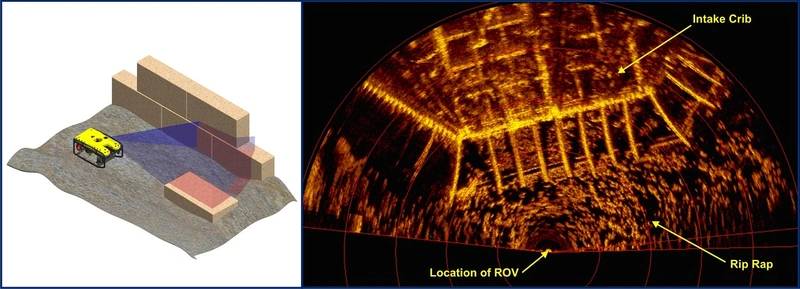
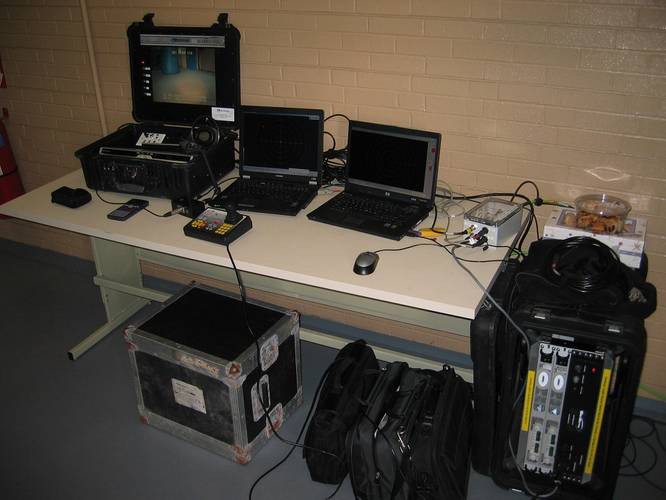
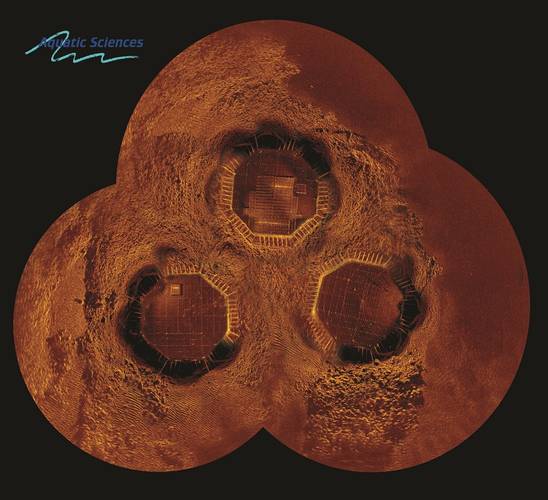
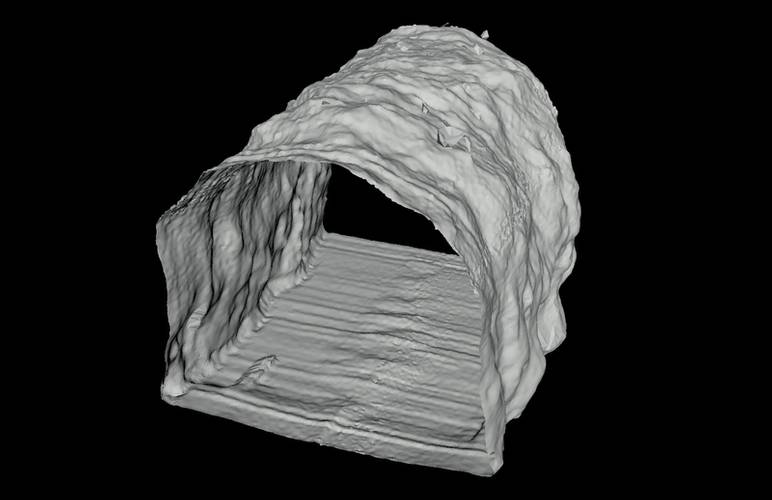
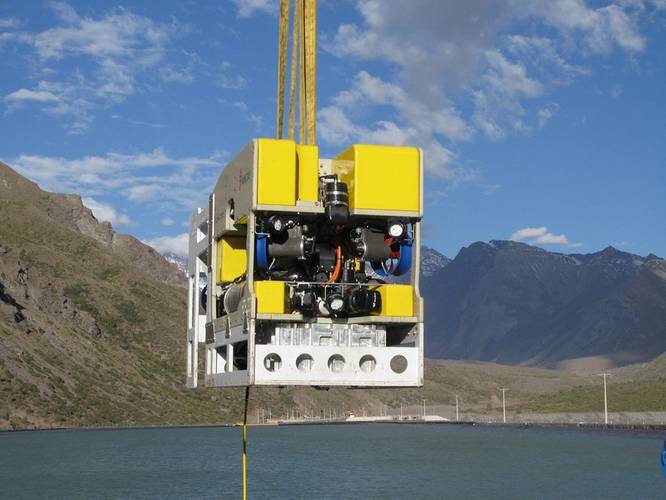
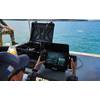
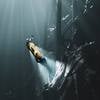


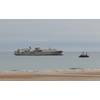
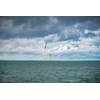









 February 2024
February 2024



